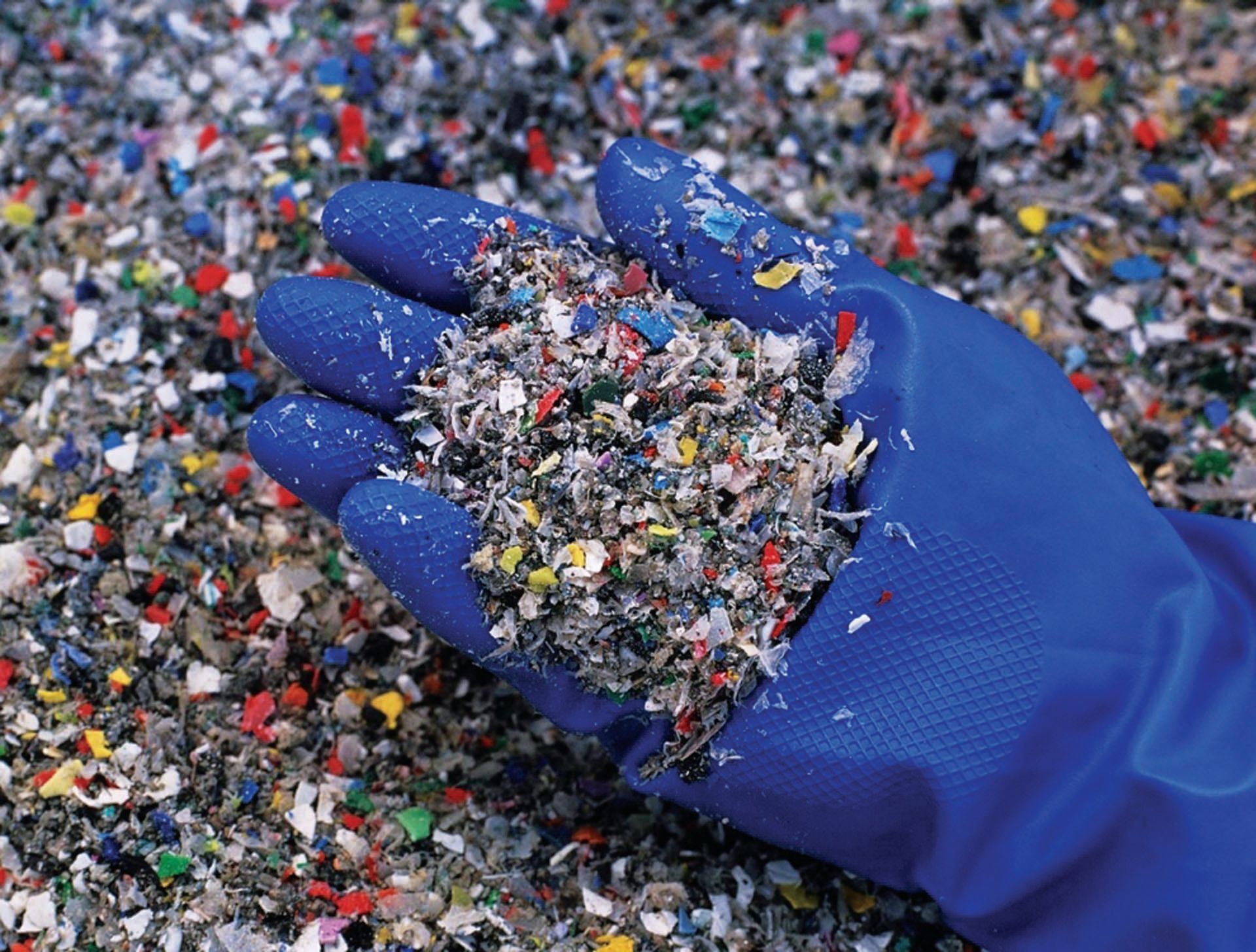Transforming Waste into Energy: The Science and Promise of Pyrolysis Plastic to Fuel
- By Beston Charcoal
- •
- 17 Feb, 2024
- •
Plastic waste has become one of the most pressing environmental challenges of our time, with millions of tons polluting landfills, oceans, and ecosystems worldwide.

Plastic waste has become one of the most pressing environmental challenges of our time, with millions of tons polluting landfills, oceans, and ecosystems worldwide. However, amidst this crisis lies an opportunity for innovation and sustainability: pyrolysis, a process that converts plastic waste into valuable fuels such as diesel, gasoline, and jet fuel. In this comprehensive exploration, we'll delve into the science behind pyrolysis plastic to fuel technology, its environmental implications, and its potential to revolutionize waste management and energy production.
Understanding Pyrolysis Plastic to Fuel:
Pyrolysis Process: Pyrolysis is a thermal decomposition process that breaks down organic materials, including plastic, in the absence of oxygen. During pyrolysis, plastic waste is heated to high temperatures (typically between 300°C to 800°C), causing it to break down into smaller hydrocarbon molecules.
Feedstock Preparation: Before entering the pyrolysis reactor, plastic waste undergoes preprocessing to remove contaminants such as dirt, labels, and non-plastic materials. The cleaned plastic is then shredded or granulated to increase surface area and facilitate the pyrolysis process.
Pyrolysis Reactor: The pyrolysis reactor is the heart of the pyrolysis system, where plastic waste is heated and converted into fuel. There are various types of pyrolysis reactors, including batch, semi-continuous, and continuous systems, each with its own advantages in terms of throughput, energy efficiency, and product quality.
Fractionation and Condensation: As the plastic waste is heated in the reactor, it undergoes thermal decomposition, producing a mixture of gases, liquids, and solids. These products are then fractionated and condensed to separate the desired fuel products from by-products such as char, tar, and gases.
Product Refinement: The liquid fraction obtained from pyrolysis, often referred to as pyrolysis oil or pyrolysis liquid, undergoes further refining processes such as distillation, upgrading, and purification to produce high-quality fuels that meet commercial specifications.
Environmental Implications:
Waste Reduction: Pyrolysis plastic to fuel technology offers a promising solution to the global plastic waste crisis by diverting plastic waste from landfills and incinerators and converting it into valuable energy products. This not only reduces environmental pollution but also conserves finite resources and mitigates the carbon footprint associated with traditional fossil fuel extraction and production.
Energy Recovery: By converting plastic waste into fuels such as diesel, gasoline, and jet fuel, pyrolysis technology enables the recovery of energy stored in plastics, which would otherwise be lost through disposal or incineration. This contributes to energy security and reduces dependence on imported fossil fuels, particularly in regions with abundant plastic waste resources.
Emission Reduction: Compared to traditional incineration or landfilling of plastic waste, pyrolysis offers environmental benefits in terms of reduced greenhouse gas emissions, air pollution, and toxic by-product generation. Pyrolysis processes can be optimized to minimize emissions through advanced reactor design, process control, and emission abatement technologies.
Circular Economy: Pyrolysis plastic to fuel technology aligns with the principles of a circular economy by closing the loop on plastic waste management and creating value from waste materials. By converting plastic waste into fuels that can be used to power vehicles, industries, and homes, pyrolysis contributes to a more sustainable and resource-efficient economy.
Potential Applications and Benefits:
Transportation Fuels: Pyrolysis-derived fuels such as diesel, gasoline, and jet fuel can be used as drop-in replacements for conventional fossil fuels in transportation applications, including cars, trucks, ships, and aircraft. These fuels offer comparable performance and compatibility with existing infrastructure, enabling seamless integration into existing fuel supply chains.
Industrial Applications: Pyrolysis oils and gases obtained from plastic waste can be used as feedstocks for various industrial processes, including heat and power generation, chemical synthesis, and manufacturing. These renewable feedstocks offer a cost-effective and environmentally sustainable alternative to traditional fossil fuel-derived feedstocks.
Off-Grid Energy Solutions: In remote or off-grid areas where access to electricity and fossil fuels is limited, pyrolysis technology can provide a decentralized and renewable energy solution. Pyrolysis systems can be deployed locally to convert locally available plastic waste into fuels and electricity, providing reliable energy access while reducing environmental impact.
Waste Valorization: Pyrolysis plastic to fuel technology creates economic value from plastic waste, incentivizing waste collection, recycling, and resource recovery. By monetizing plastic waste streams, pyrolysis encourages investment in waste management infrastructure and promotes a circular economy approach to plastic waste management.
Conclusion:
Pyrolysis plastic to fuel technology represents a promising pathway towards a more sustainable and circular economy, where waste is transformed into valuable resources and environmental pollution is minimized. By harnessing the power of pyrolysis, we can address the dual challenges of plastic waste management and energy security, while reducing our reliance on fossil fuels and mitigating climate change. As research and development efforts continue to advance, pyrolysis technology holds the potential to revolutionize waste management practices and pave the way towards a cleaner, greener, and more prosperous future for generations to come.
